Restorations - a new home in paradise as Sheffield's best square returns to residential
and live on Freeview channel 276
Home to the oldest buildings in the city centre conservation zone - apart from the Anglican cathedral - it has played host to numerous assemblies, political meetings and protests.
Several wall plaques and extensive public records detail almost 300 years of history in the city’s only Georgian square.
Advertisement
Hide AdAdvertisement
Hide AdBut not everything notable involves noisy crowds of people.
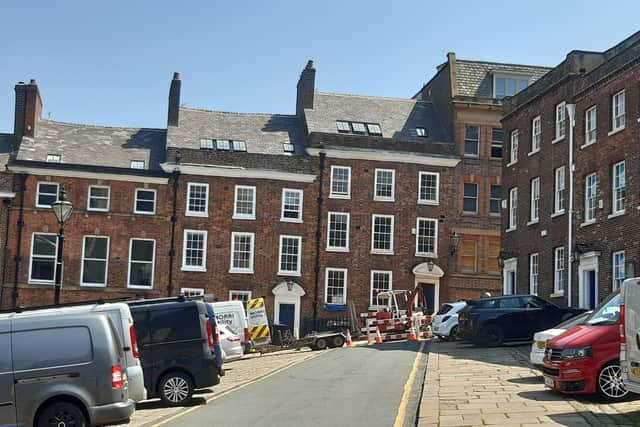

For without fanfare, and after a gap of 200 years, numbers 4, 6 and 8 have returned to what they were built for in 1771: residential.
In some ways it marks an historic shift for what has long been home to the city’s legal sector.
Solicitor Charles Brookfield is recorded as practising at number 1 from 1811. Today, just a handful of law firms remain as others move to modern, ‘flexible’ offices. They have been replaced by a variety of tenants. The latest, acupuncturist Simon Brooks, opens his doors at number 2 this week.
Advertisement
Hide AdAdvertisement
Hide AdCombine that with the city centre living boom, and the arrival of residents was inevitable.
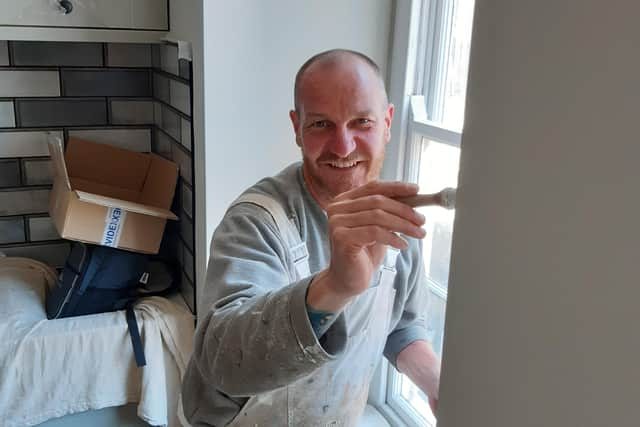

Thornsett Properties bought number 4 in 2019 and is converting it into five one-bed flats. Not large, no parking, no gas and with communal stairs - but what an address.
The handsome Grade II* listed building looks out from near the top of the sumptuous square.
Natalie Blundell, of Thornsett, said: “I love this project. If I were to live in the city centre I would want to live somewhere interesting like this.
Advertisement
Hide AdAdvertisement
Hide Ad“I don’t think professionals naturally gravitate to the city centre, you have to provide something a bit different and you can’t replicate this.
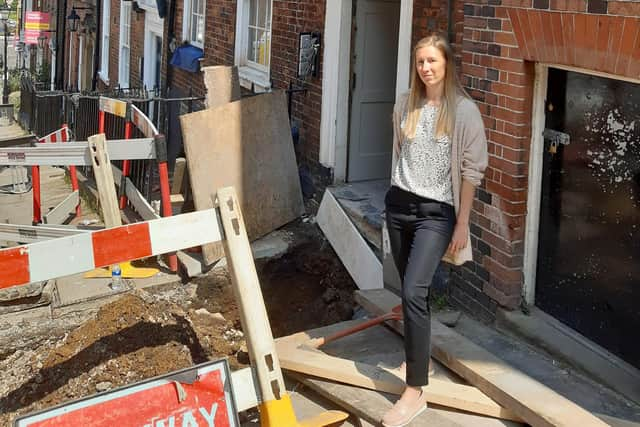

“Planning was complex and we have really thought about what’s inside and tried to be sympathetic to the original colours.”
Retained features include doors, although some are sealed, fireplaces, quirky floor-level quarter light windows in the topmost flat, an apparent fireproof room with a heavy Chubb door and vaulted sealing and, outside, cast-iron spearhead railings.
Research revealed an unusual shade of green paint was likely to have been used. It was now making a return with the use of Farrow and Ball’s ‘pigeon’.
Advertisement
Hide AdAdvertisement
Hide AdSome 15 tradespeople are on site, aiming to finish within two months. Self-employed painter and decorator Richard Smith said he approved of the revamp.
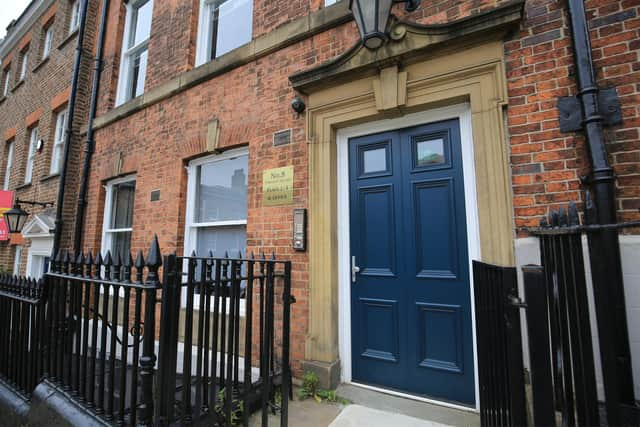

“I like that they are going back to what they were.”
Thornsett gained experience of historic conversions with St James Row, on a path at the side of the Cathedral, in 2014.
Latterly occupied by law firm Keeble Hawson, they were turned into flats which are fully let today, Natalie said.
The Paradise Square house will be rented out to professionals and were likely to be popular, she added. Number 6, which was also recently renovated and is owned by another company, comprises six flats and just one is left.
Advertisement
Hide AdAdvertisement
Hide AdParadise Square started as a line of buildings on the edge of a cornfield in 1736, constructed by Thomas and Nicholas Broadbent on a 500-year lease from the Duke of Norfolk.
Completed in around 1790, in the years after the first buildings were put up it became a haunt for gamblers and drunks. In July 1779 John Wesley, the founder of Methodism, spoke to the largest weekday congregation he had seen in the square. In 1839, mounted dragoons from Hillsborough Barracks drove 2,000 rioting Chartists from the courtyard.
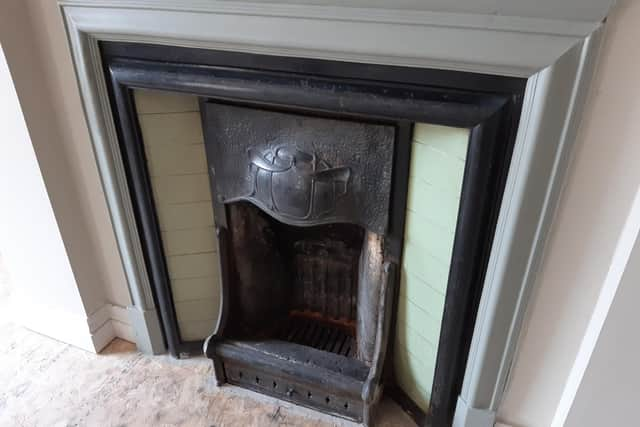

Architects Hadfield, Cawkwell, Davidson and Partners carried out an extensive restoration of the square between 1963 and 1966, following bomb damage in World War Two.
But number 4 has history of its own.
Solicitor Thomas Gould is recorded as being in practice at Gould and Brookfield from 1839.
Advertisement
Hide AdAdvertisement
Hide AdHis son, also Thomas, was at the centre of a sensation in 1900 when he discovered letters in the cellar between his uncle, William Henry Brookfield, and literary legend Alfred Tennyson, together with portions of the manuscripts of his poem ‘The Lotus-eaters’ and lyrical ballad ‘The Lady of Shalott’.
The letters were undated, but the post-mark showed they were written in 1832 and 1833 - shortly after Tennyson left Cambridge and about the time of the publication of his first book of poems.
Sadly, an inquest records that Thomas Gould drowned in 1908, aged 65, while fishing in the river Derwent in Hathersage.
The buildings on the eastern side are in individual ownership. But those on the northern, southern and western sides are owned by Shrewsbury Hospital Trust, whose patron is the Duke of Norfolk.
Advertisement
Hide AdAdvertisement
Hide AdJeremy Robinson, of agents Fowler Sandford which represent the duke in Sheffield, said he had been informed by the owners of the boarded up Wig and Pen pub that they planned to reopen when all restrictions were lifted.
The square has recently been upgraded to full fibre by Pine Media. This gives tenants access to the fastest broadband in the UK, according to chief executive William Dear.
The main trouble in paradise is parking.
In 2018, Sheffield City Council published a 10-year masterplan proposing an open space for events.
The idea, which harks back to the square’s pre-motorised public assembly heyday, lit a fire of hope in many which refuses to go out.
Advertisement
Hide AdAdvertisement
Hide AdThe land is held by the Sheffield Town Trust, which gives money to good causes, and charges companies up to £1,000-a-year to park on the cobbles. Three years on, and there is no sign of progress. Sheffield City Council did not comment.
Frustrating for some, but in the square’s long timeline it is but the blink of an eye. Watch this space.